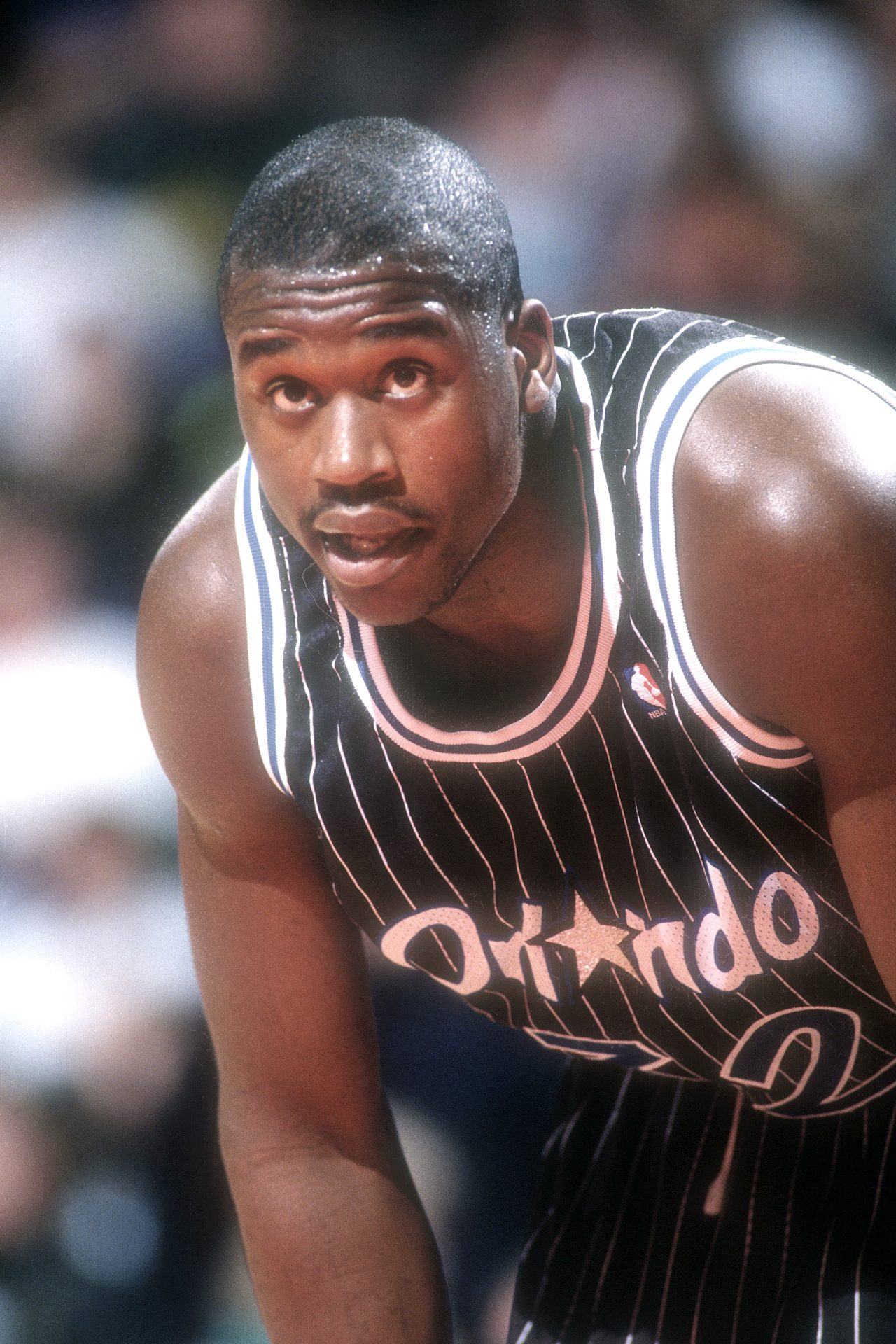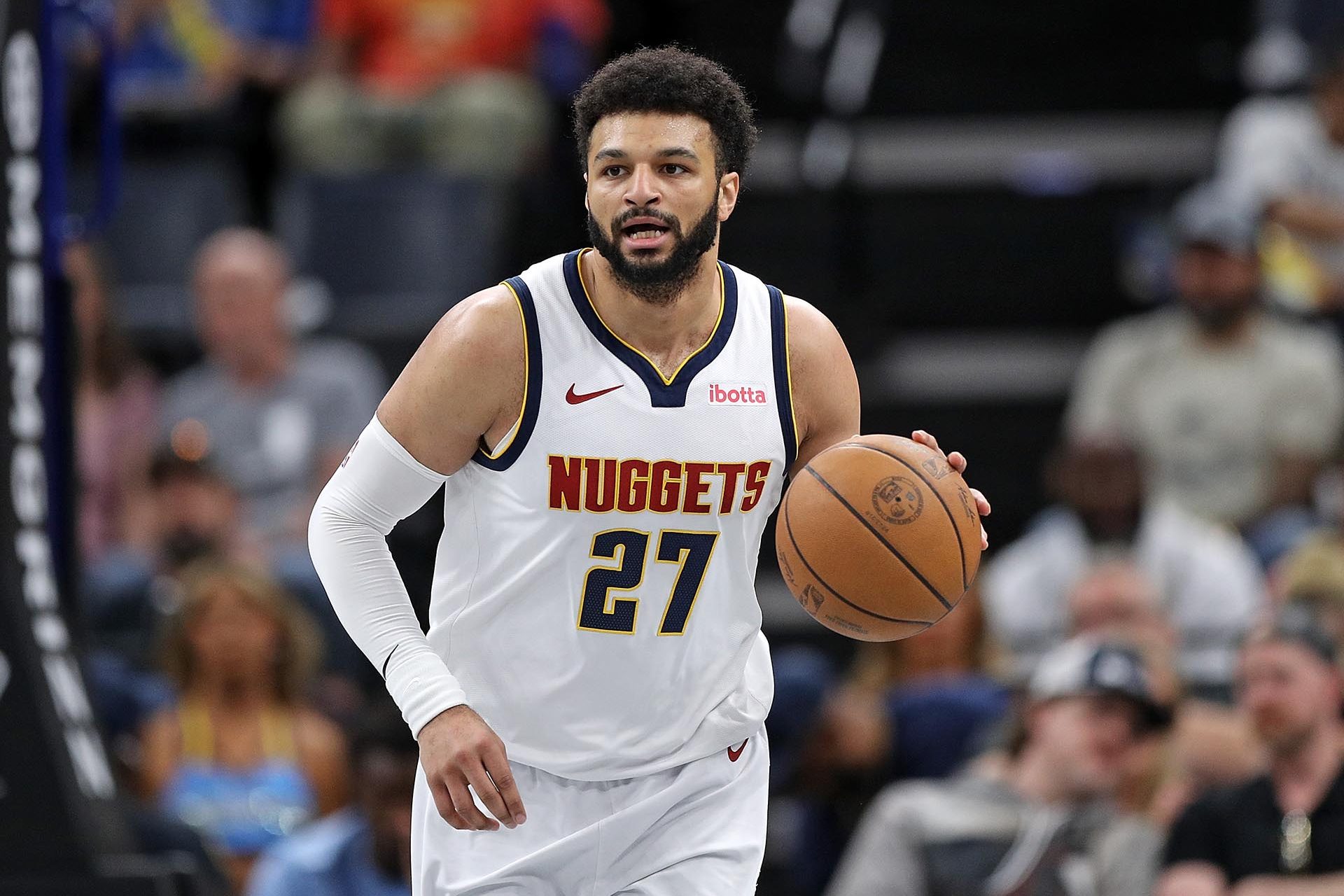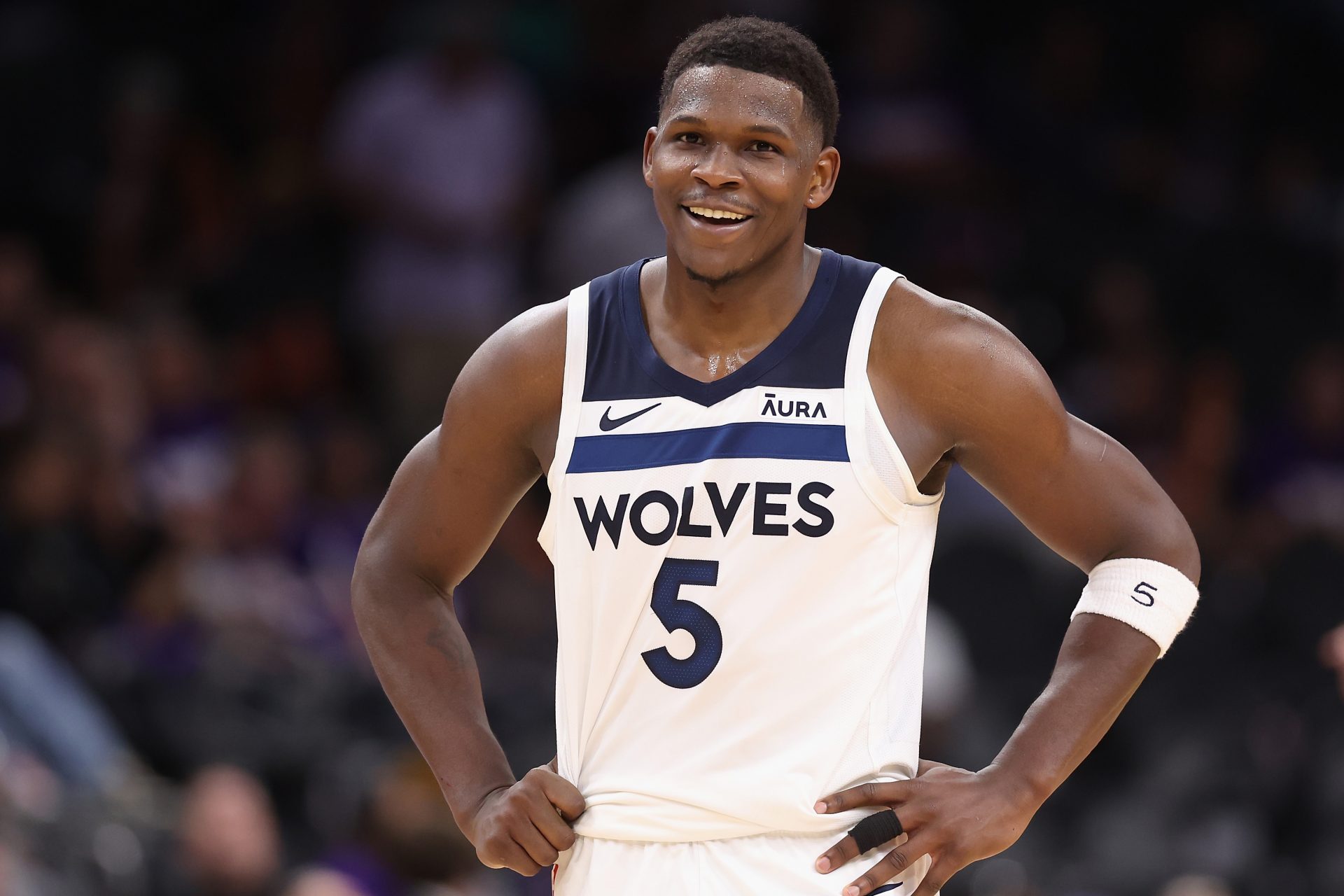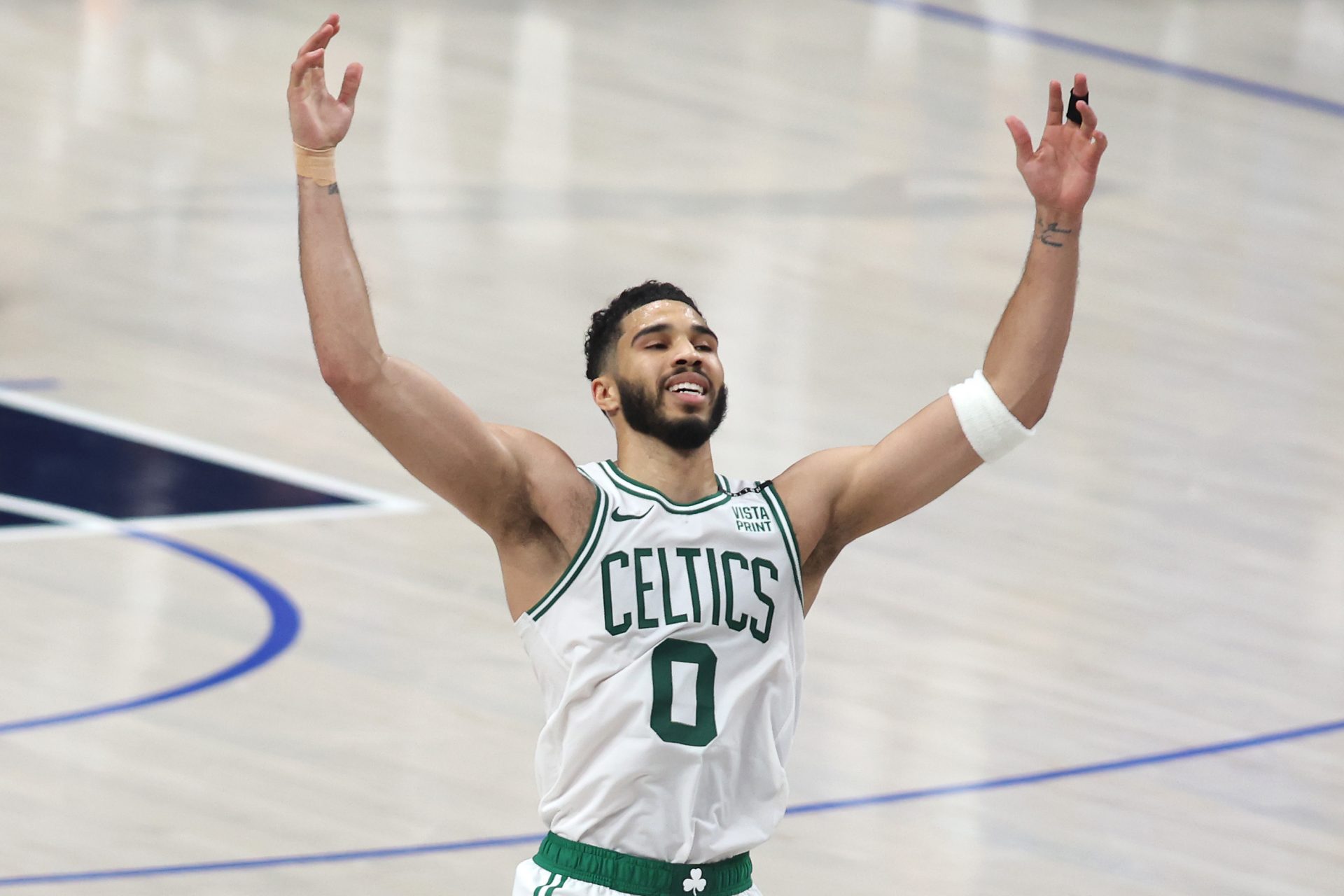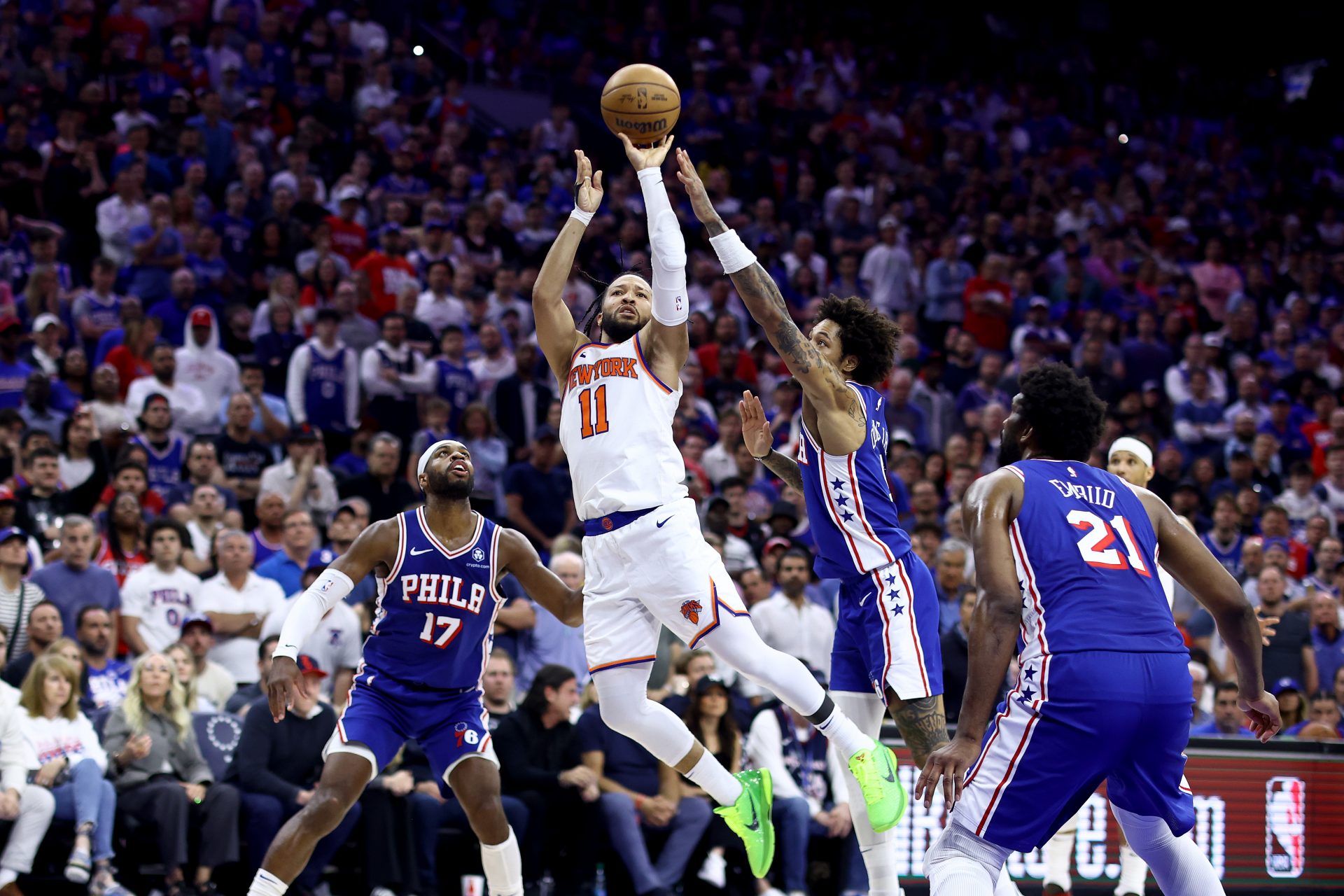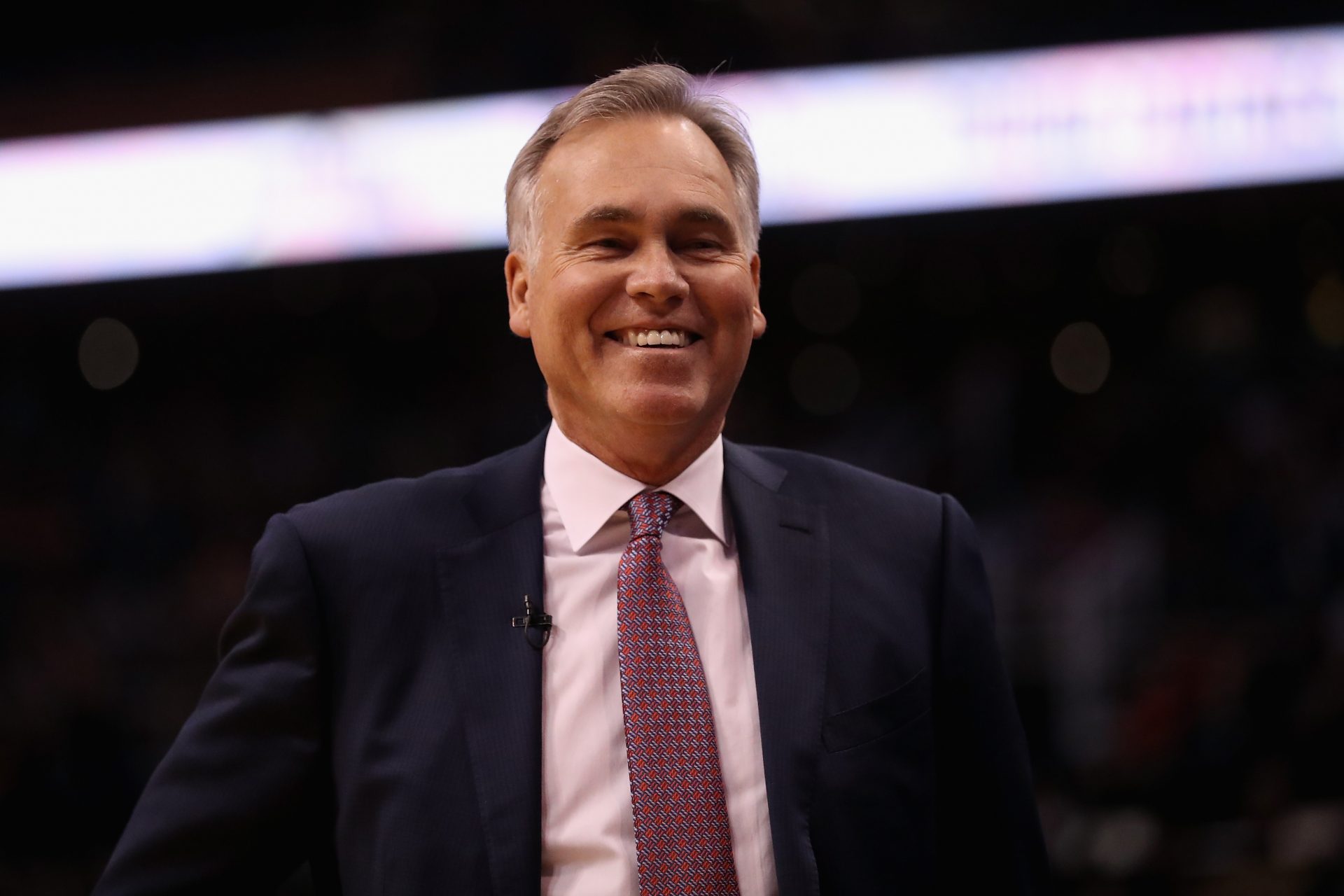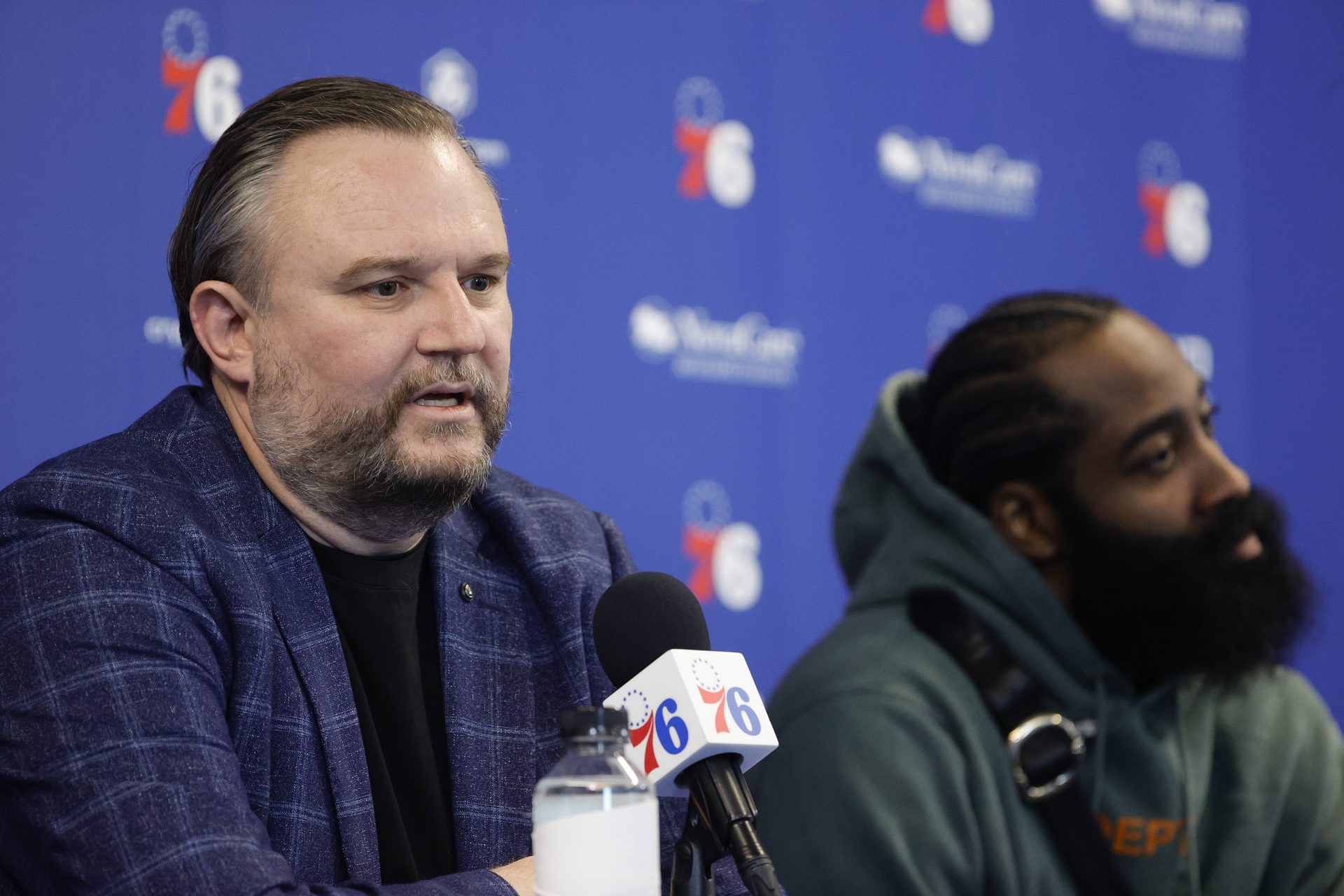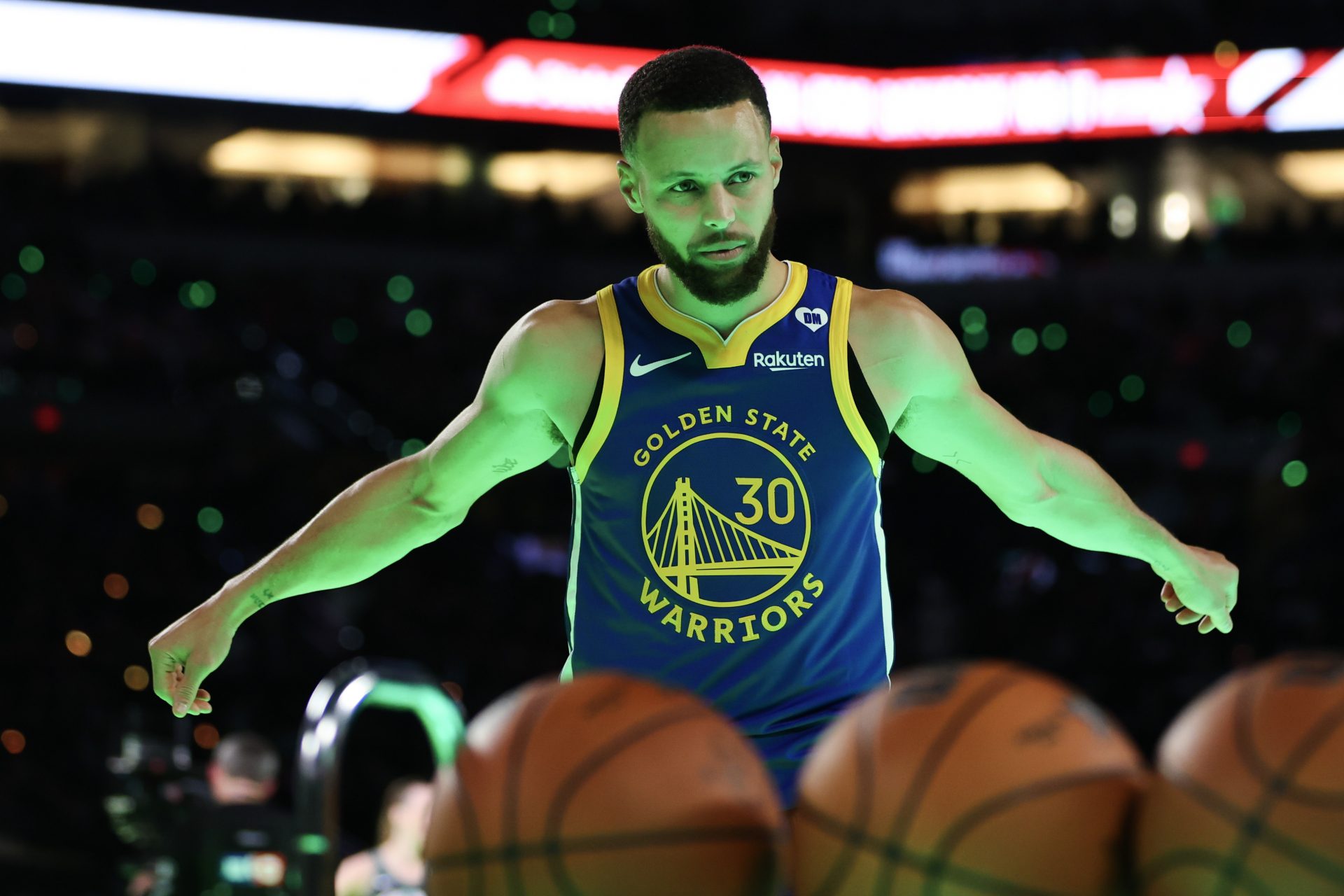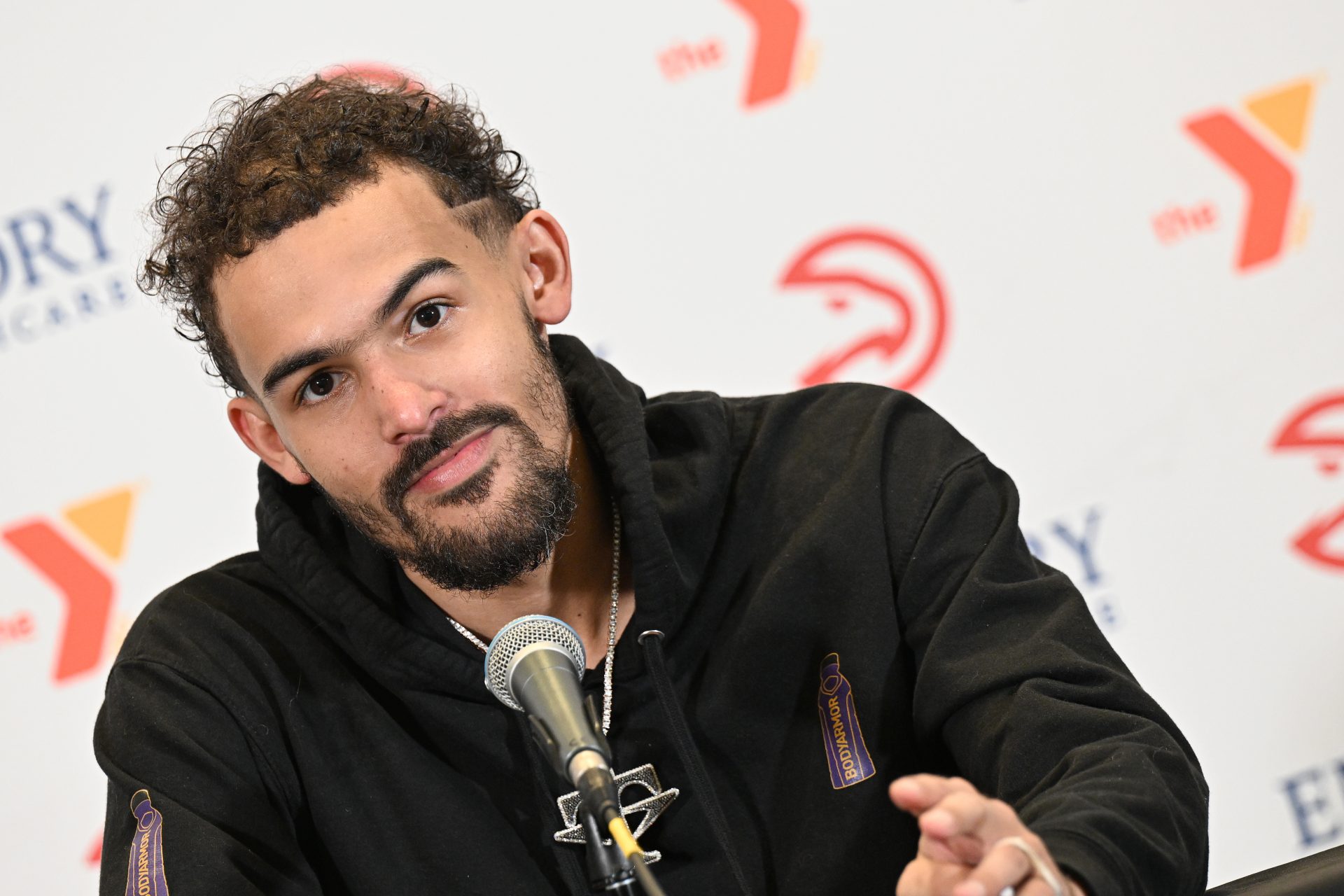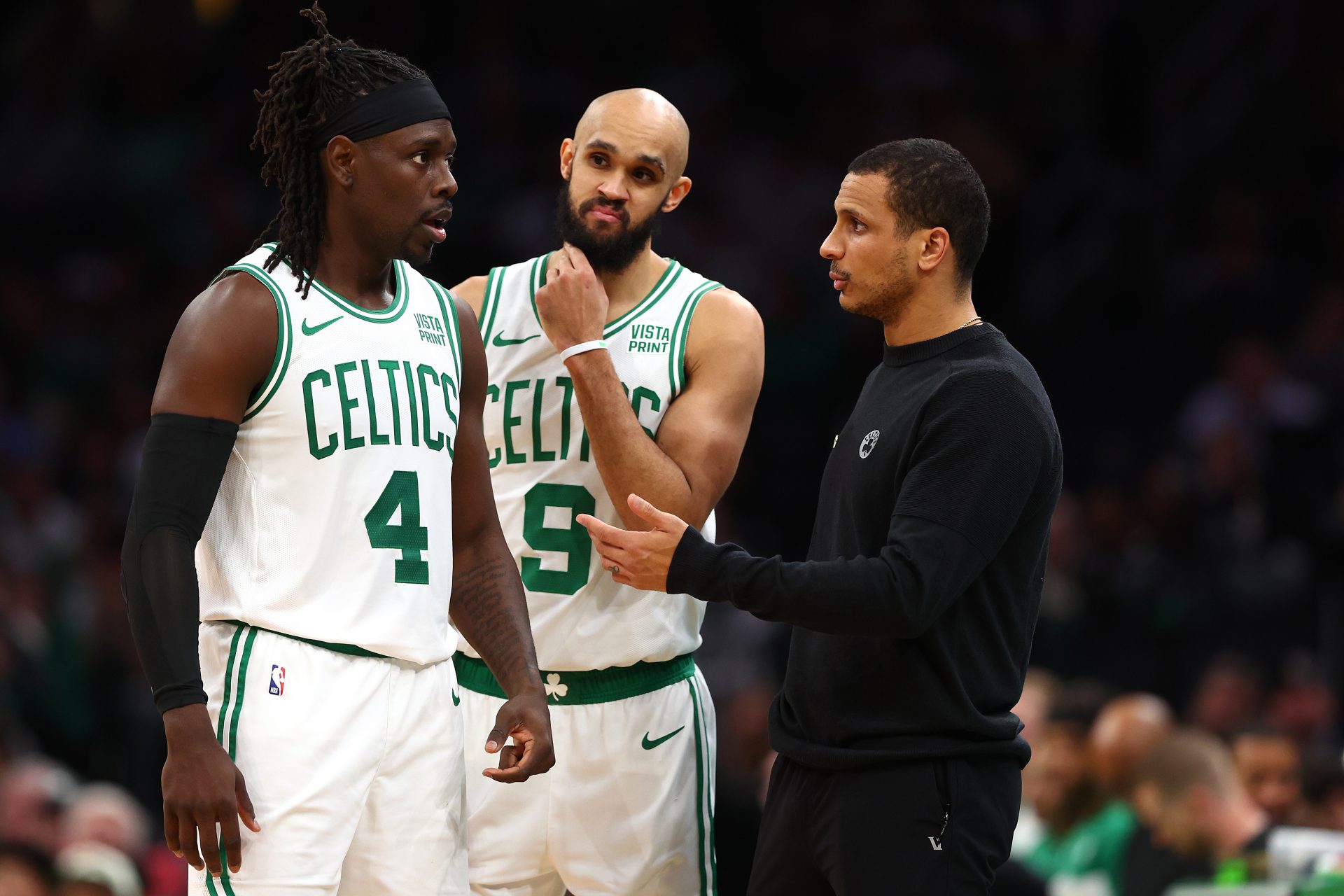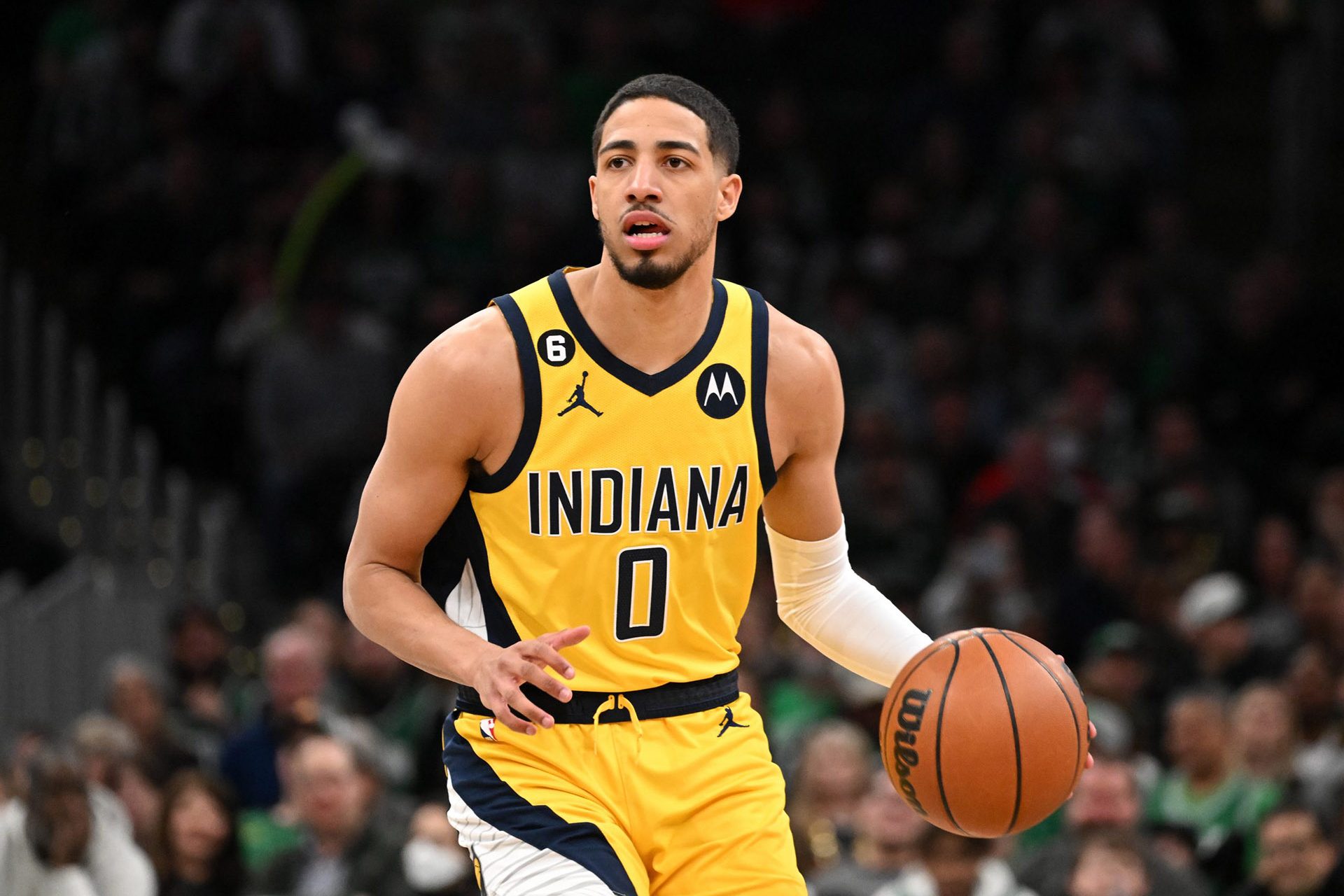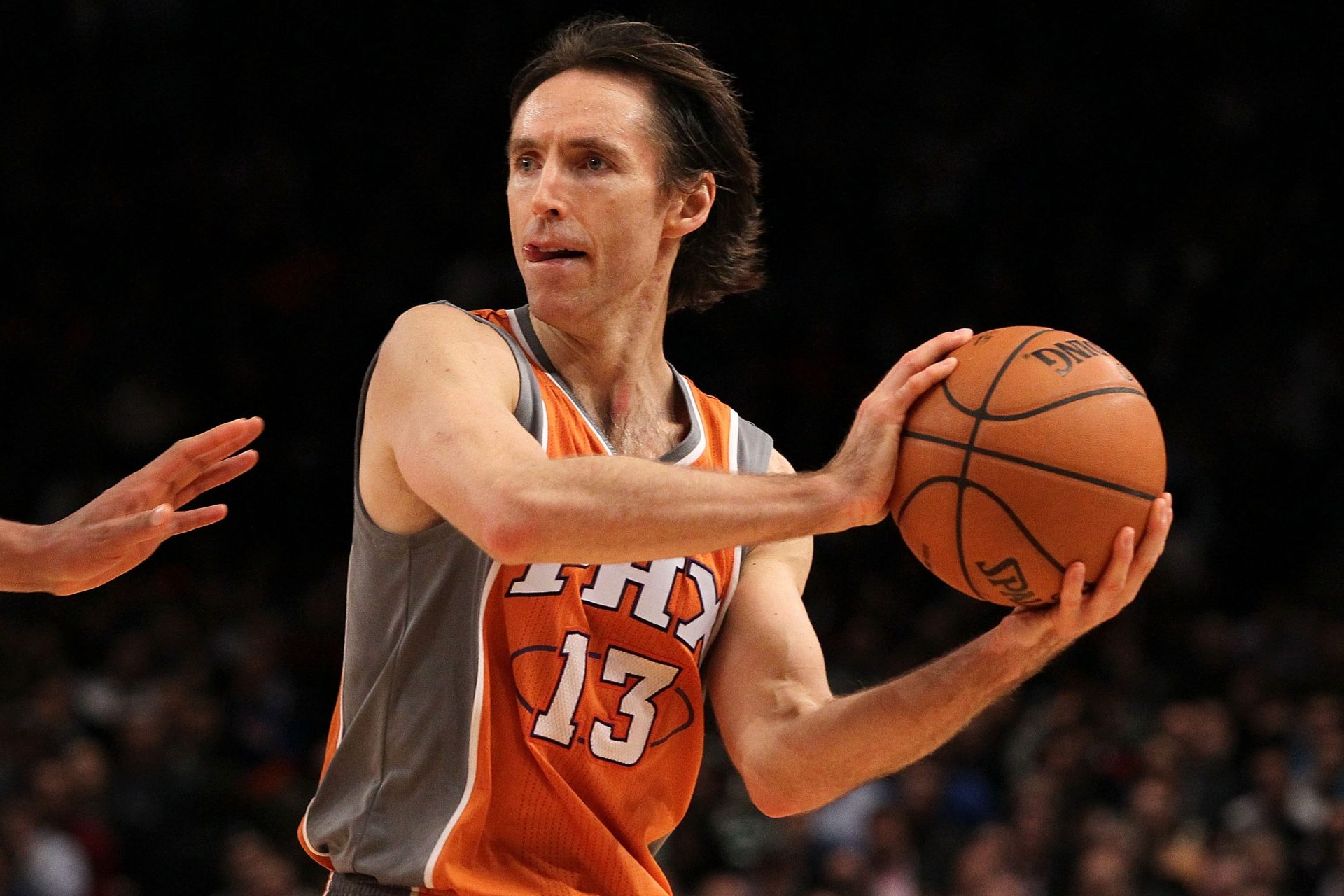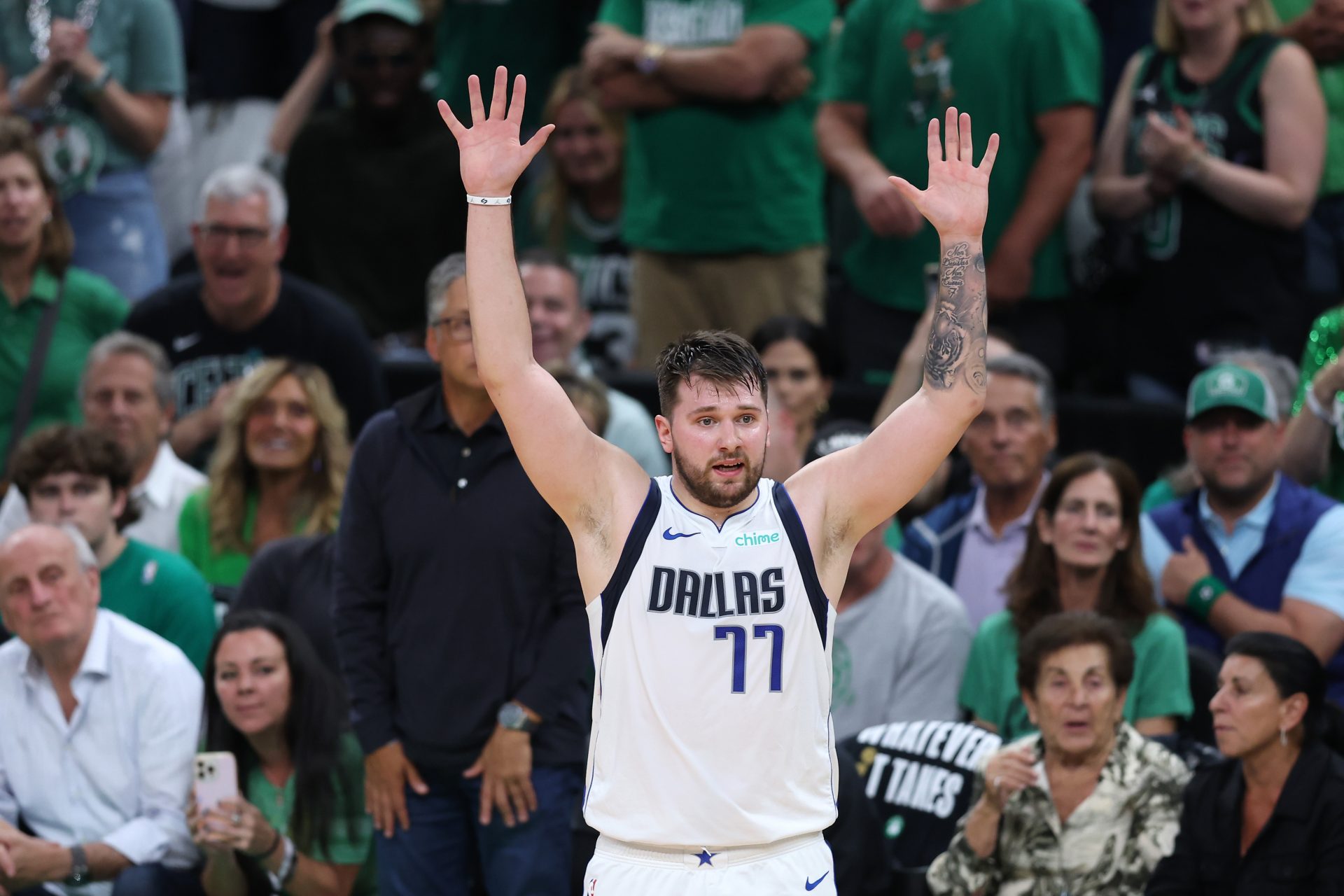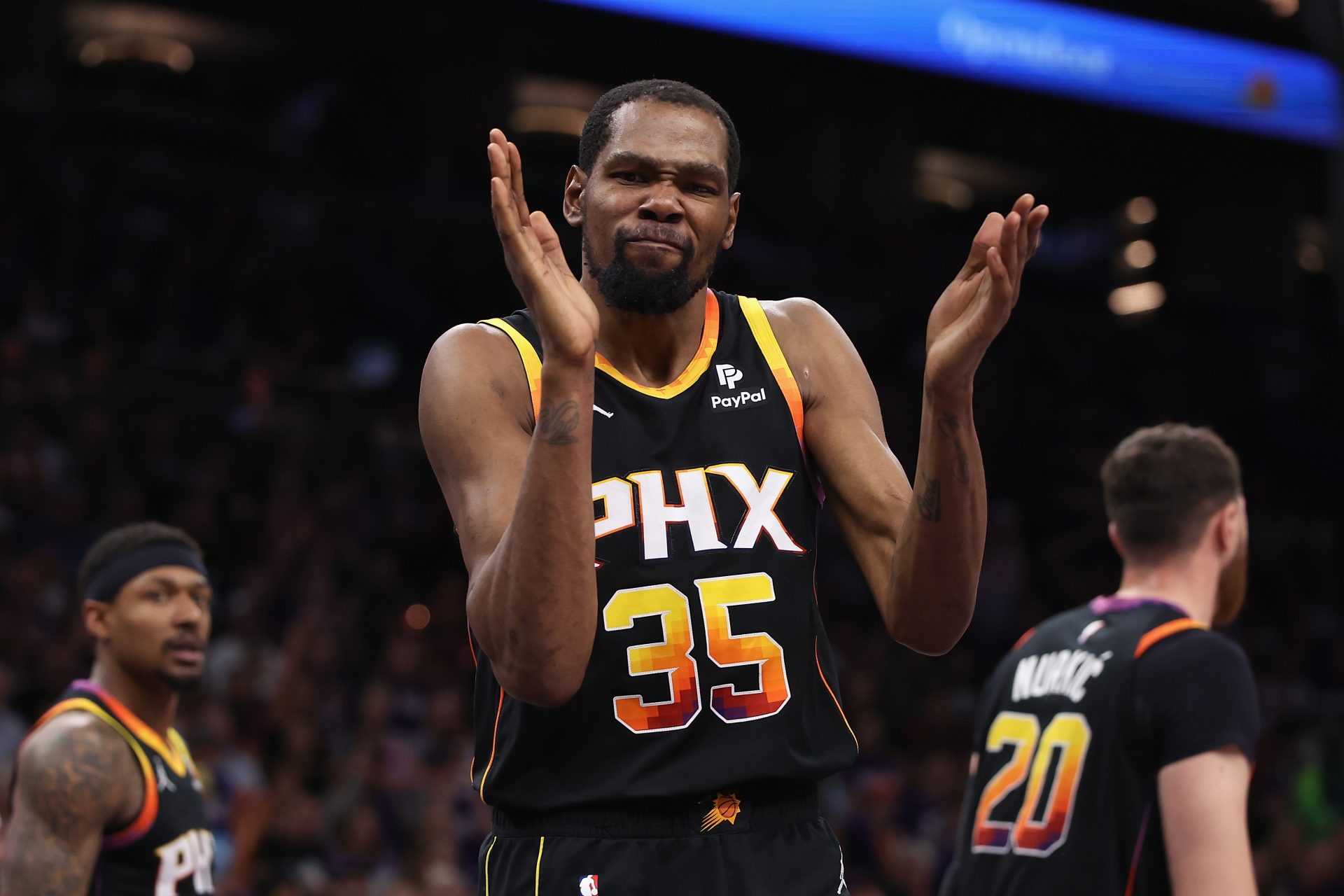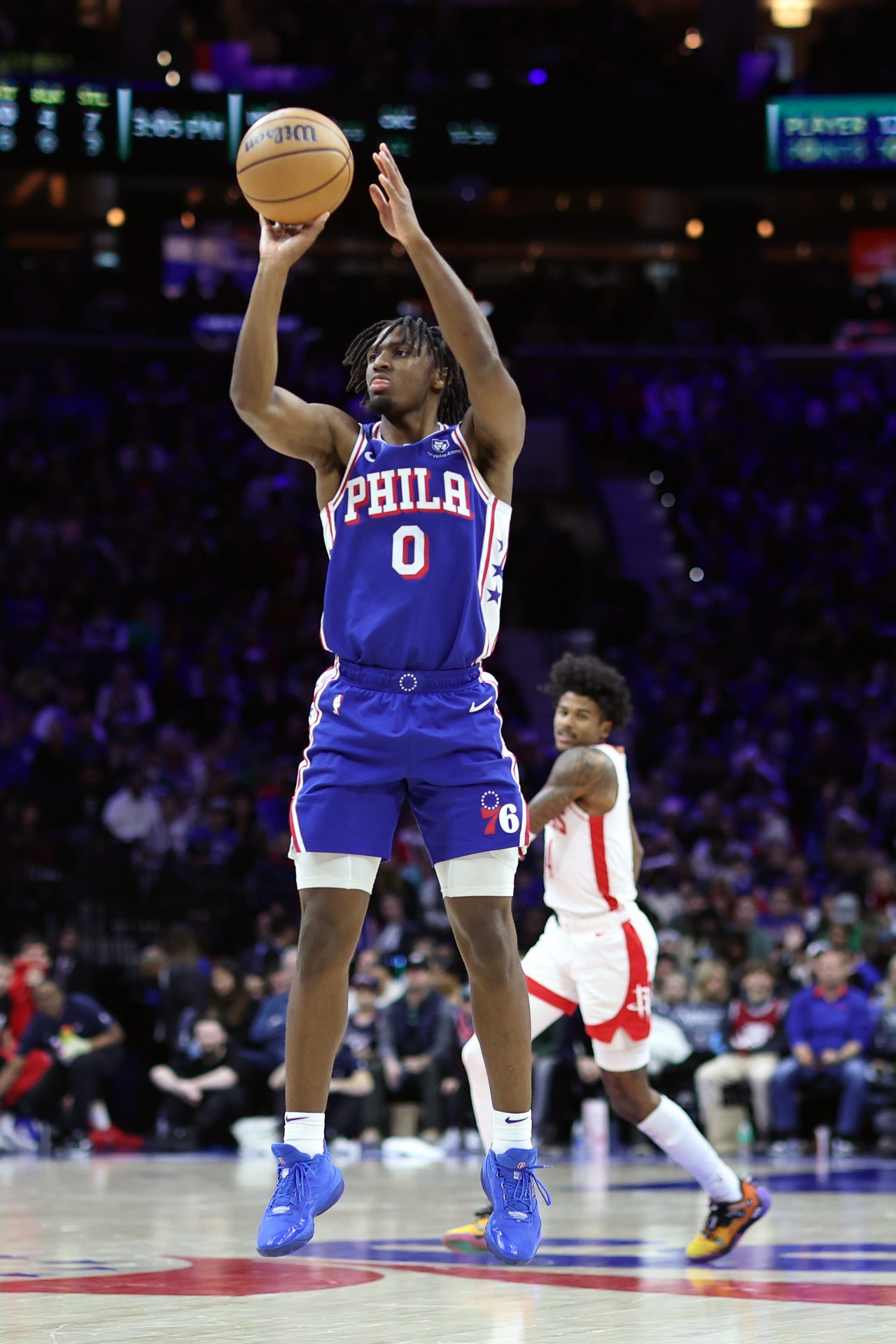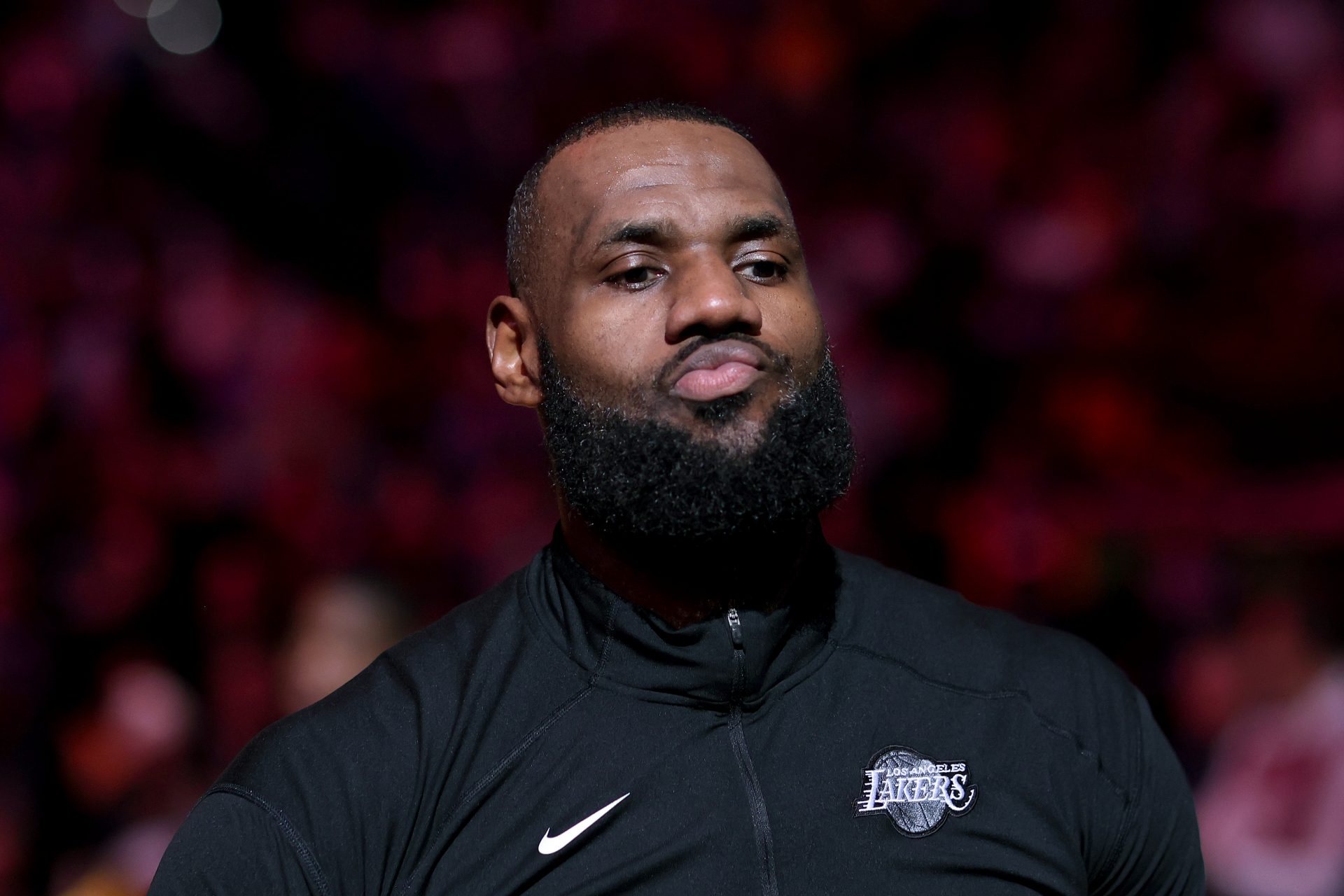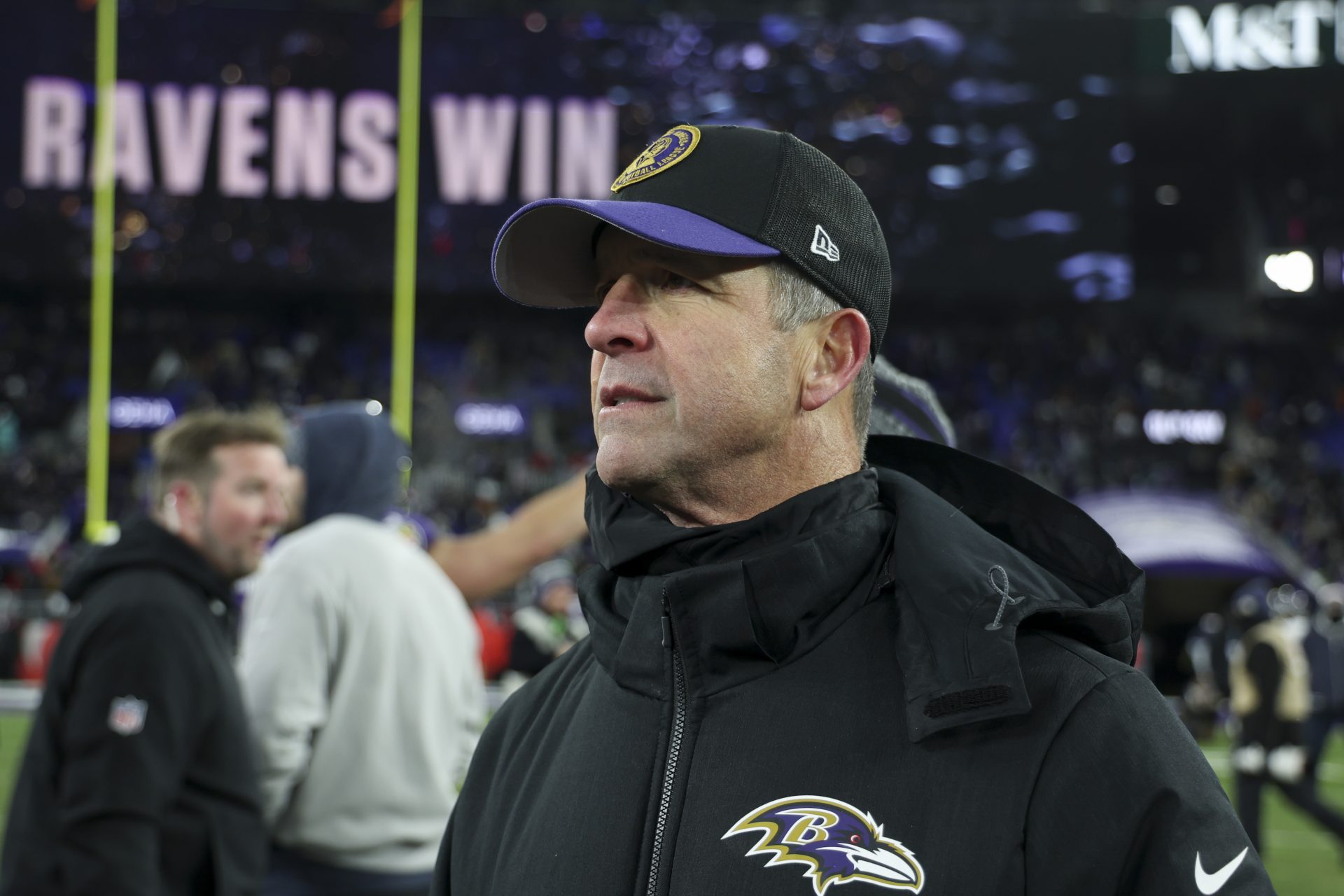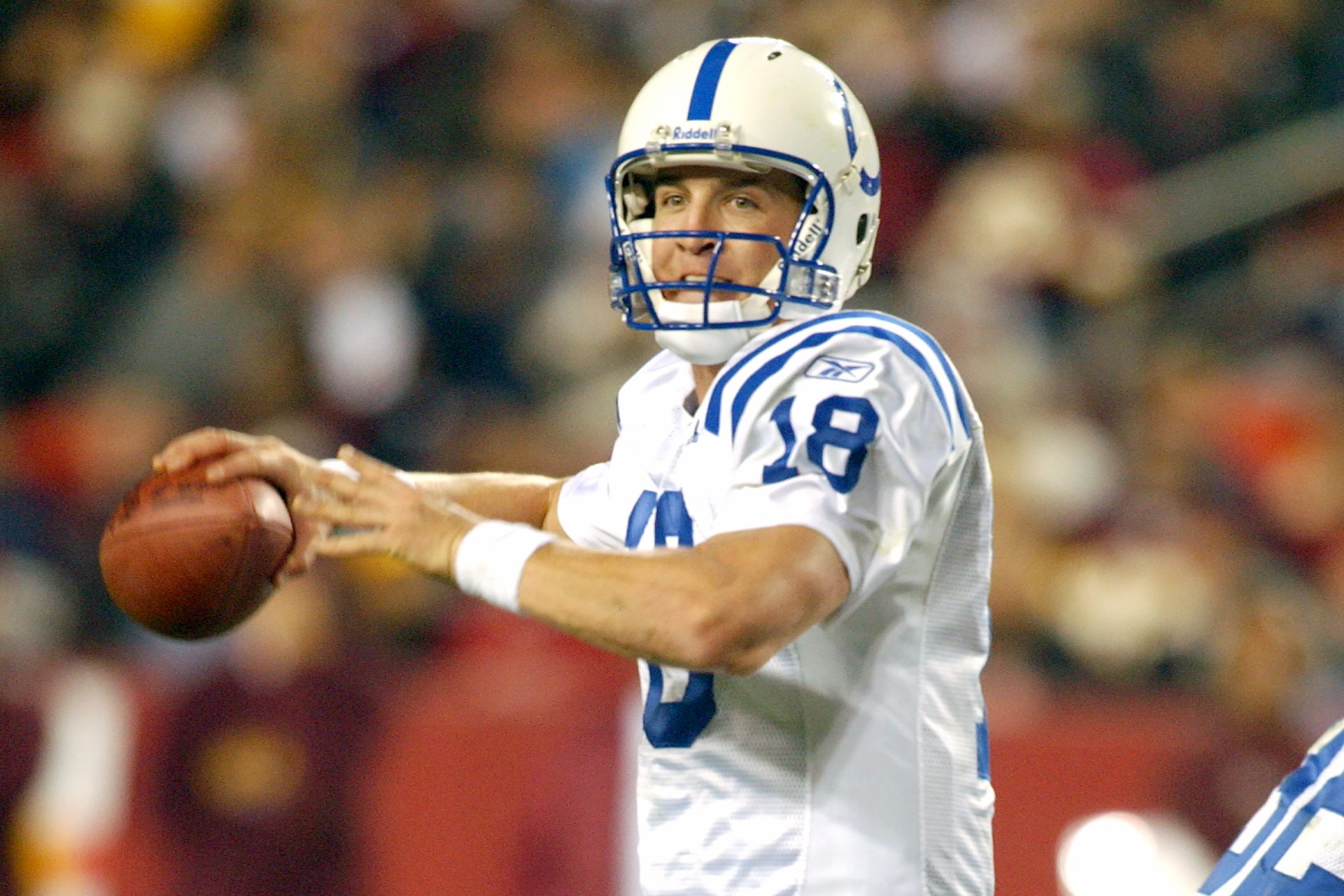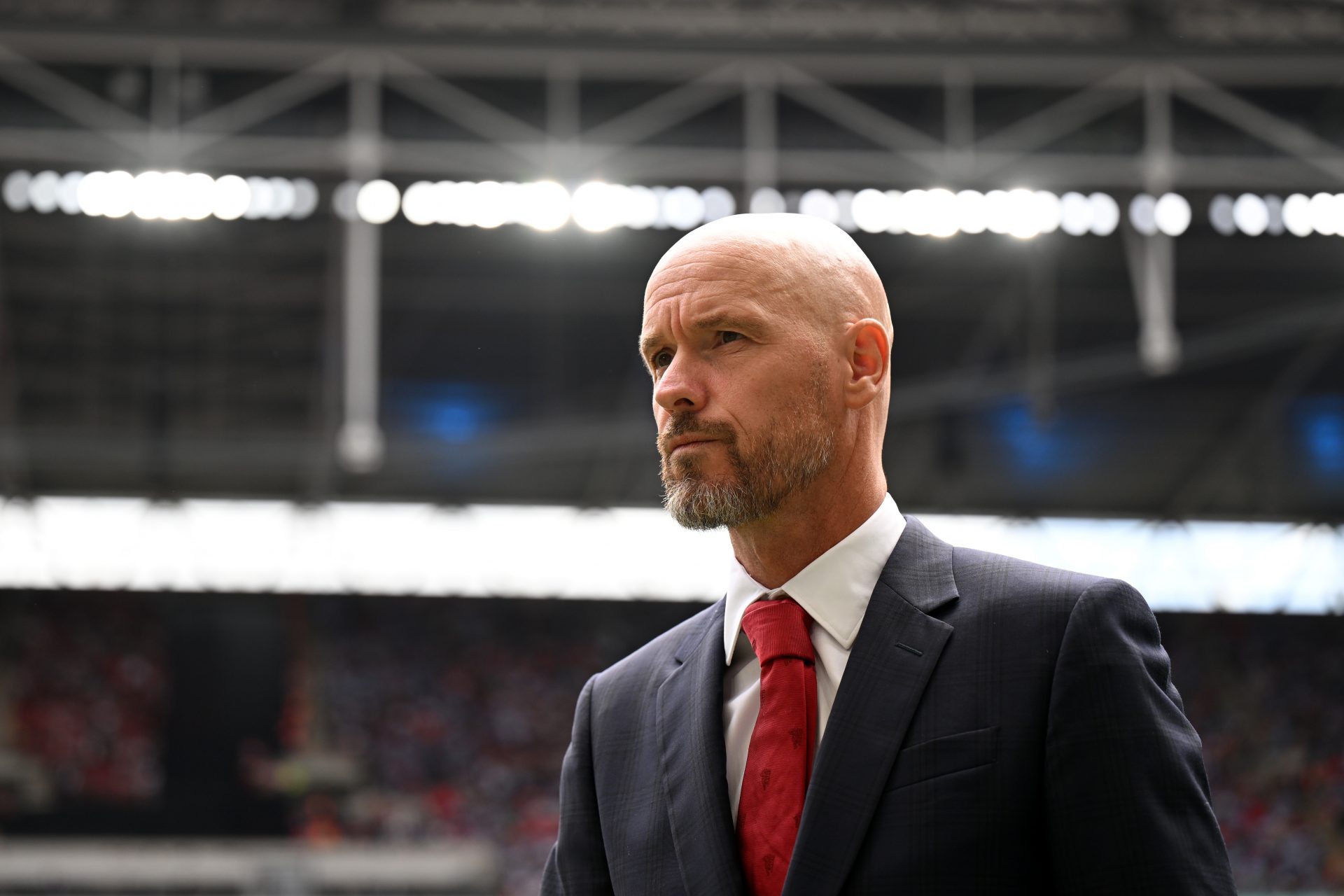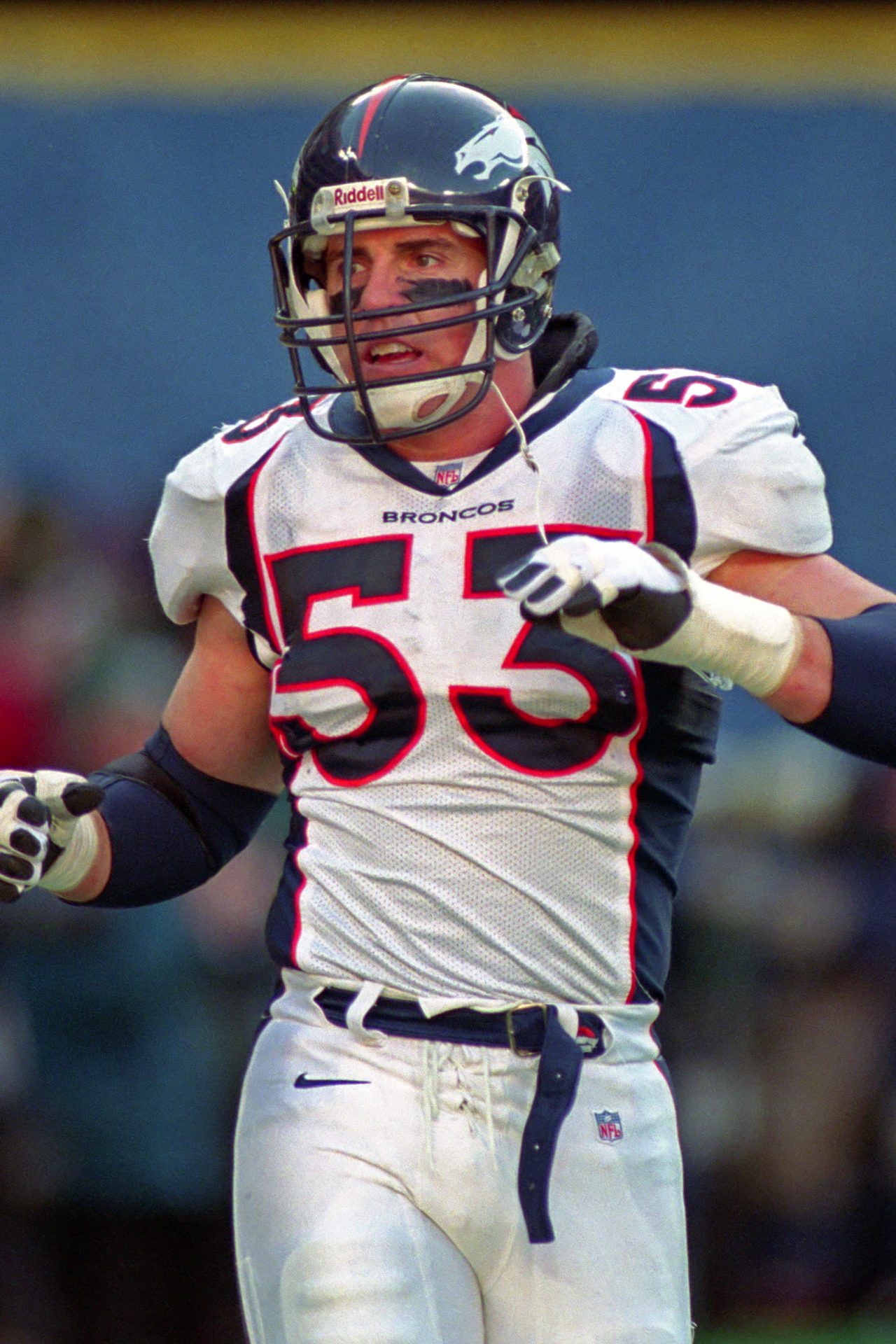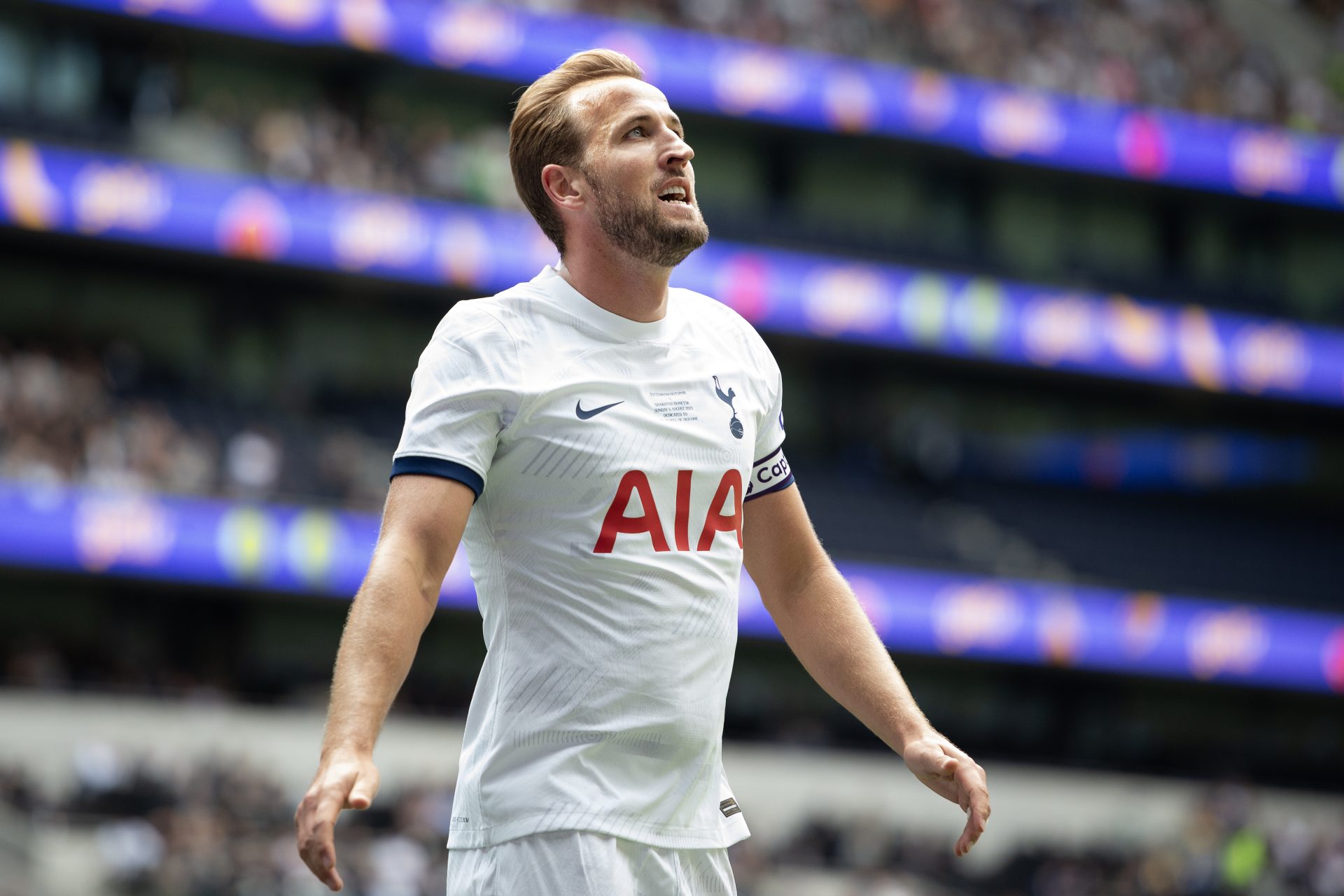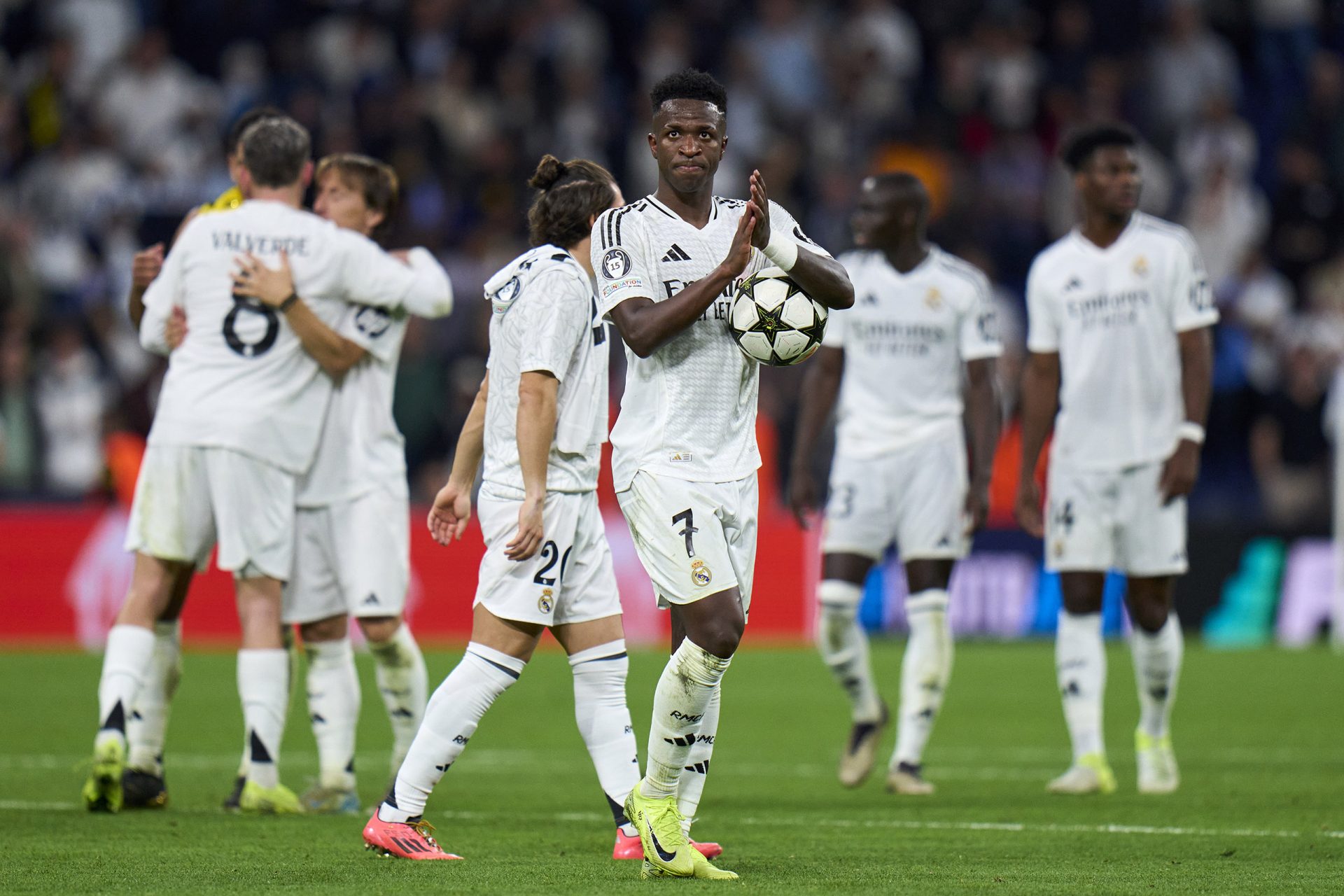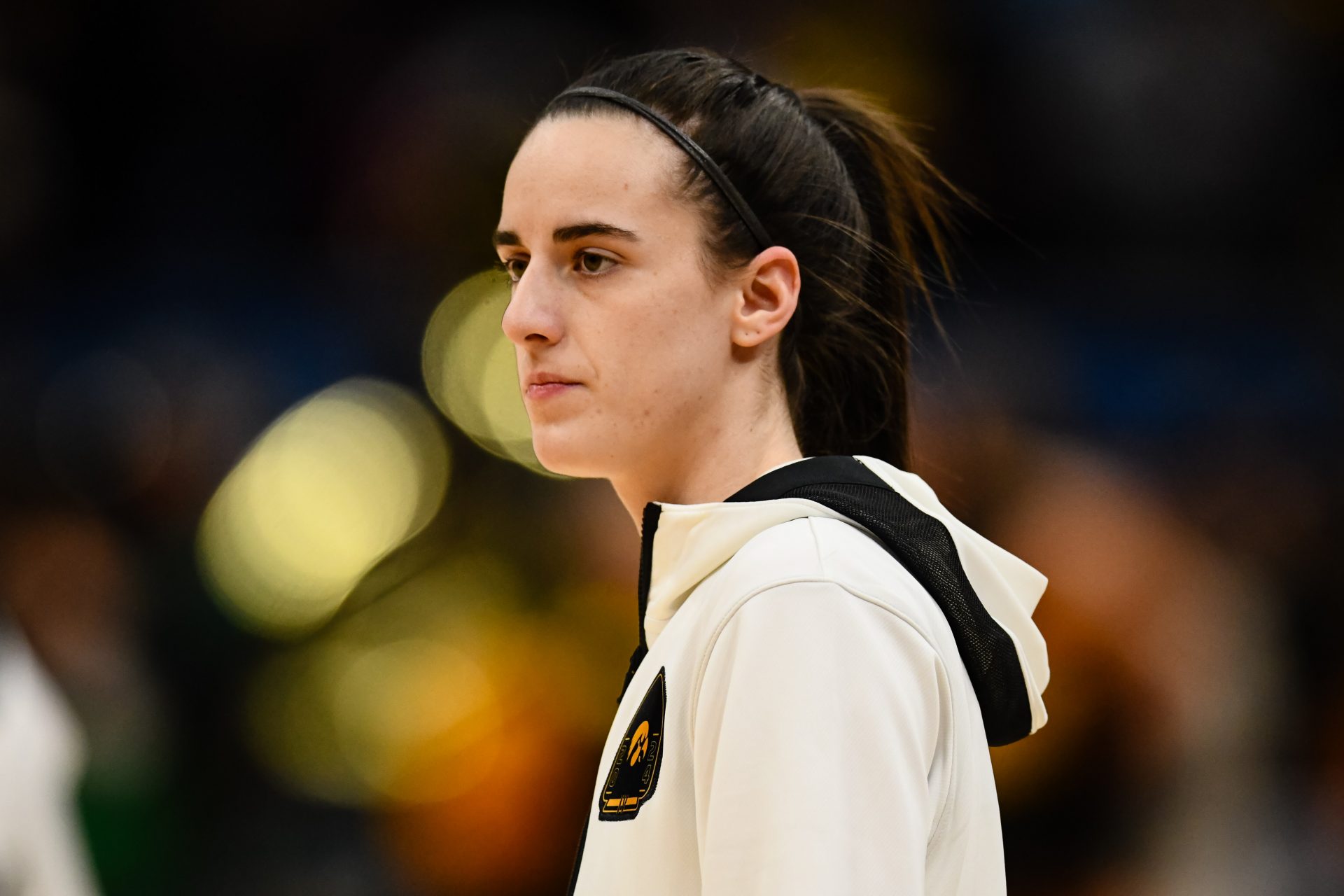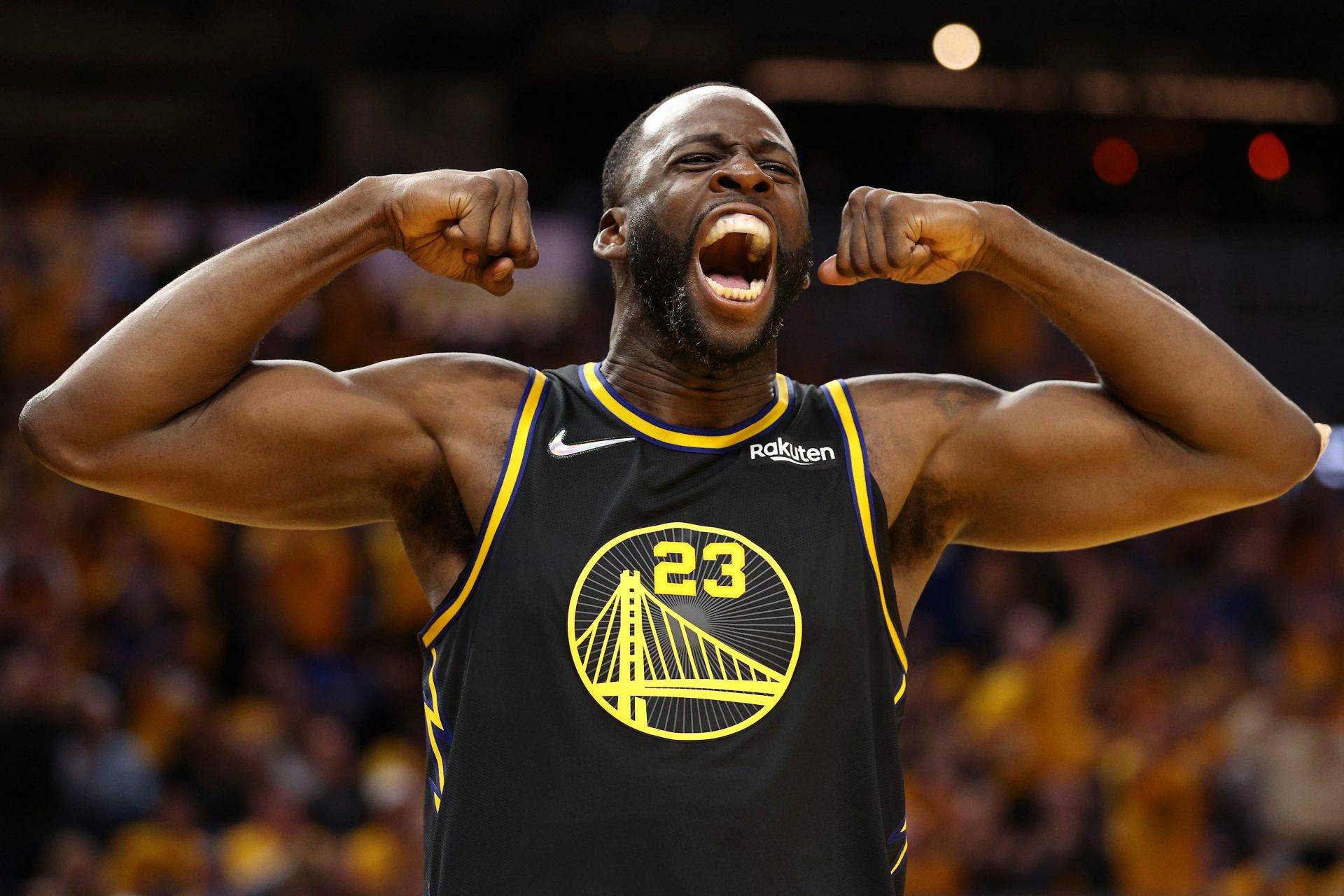Shaquille O'Neal blames three-point shooting for NBA ratings dip
Basketball Network and others have covered the lack of NBA viewership during the early part of the NBA season. Basketball Hall of Famer Shaquille O'Neal has an idea for why people might not be tuning in.
O'Neal said on his podcast, "I have a theory that it's down because we're looking at the same thing. Everybody's running the same plays with the damn top-of-the-key dribble handoff. I think everybody's looking at the same thing and Steph Curry and those guys messed it up."
The modern NBA game is predicted on pacing and spacing, as coaches devise ways for their players to get as many open three-point shots as possible. While the potential for higher scoring games is something the league has embraced, has the three-point movement gone too far? All statistics are sourced from Basketball Reference.
Want to see more like this? Follow us here for daily sports news, profiles and analysis!
It might surprise some basketball fans to learn that NBA teams in 2024 take twice as many three-point shots as they did in 2012. During the 2023-2024 campaign, teams averaged 35 shot attempts from downtown, and that number has increased during the 2024-2025 season.
There’s no telling what the limit is for how many long-range shots teams would be willing to fire up. During the first game of the 2024-2025 NBA season, the Boston Celtics hoisted up a mind-boggling 61 three-pointers. Granted, they were going for an all-time record for three-pointers made in a game, but the 61 three-pointers comprised 95 of their total shots.
While there are a few reasons that NBA teams shoot more three pointers now than they ever have before, there are three main figures who are associated with ushering in this era.
D’Antoni embraced and implemented a philosophy encouraging his Phoenix Suns teams of the mid 2000s to shoot the ball within seven seconds or less from the start of the shot clock. With that hasty of a window, often times the first open shot was a three point shot. The Score wrote a piece about D’Antoni and his Suns changing the game forever.
NBA general manager Daryl Morey has been a pillar of the analytics community for the better part of two decades. The Ringer said, "Morey might not be the last point of progress, but rather just the first man to twirl a twig and call it a tool." He’s been a proponent of the threes and layups philosophy, while thinking that any other type of shot just isn’t that valuable.
The player most intimately connected with the NBA’s three point revolution is the future Hall of Fame guard from the Golden State Warriors. Curry’s prolific three-point shooting ended the notion that jump shooting teams could not win the NBA title. Curry has led Golden State to four championships during his illustrious career.
Throughout sports history, younger generations of players tend to imitate the skill sets and styles of the best. Curry’s ability to take a good shot from 30 feet away molded a generation of players to think that this was a high-quality shot. We’re seeing the results of this today, although no one has been able to match the level Curry has established.
It used to be commonplace in the NBA that coaches would sit players after taking what they deemed to be a "bad shot." Often times, these attempts would come early in the shot clock, with a hand in the player’s face, often from distance. These relegations to the bench are fewer and far between.
Want to see more like this? Follow us here for daily sports news, profiles and analysis!
In this day and age, coaches are actually not happy when players pass up open shots. Doing so messes up the spacing of an offense, so they would actually prefer a shot and a miss, rather than a contested shot later in the possession.
It used to be that NBA teams played the game in different ways. Some teams slowed down the pace, and wanted to post up their centers or power forwards. Others wanted to prioritize getting to the free throw line. Others wanted to push the ball and tire out the other team. There was a healthy variety of strategy in the sport.
Former NBA player Horace Grant quoted Celtics legend Larry Bird as saying, "Back when I played, we just didn’t shoot it that much. Now, if you’re not firing up thirty threes per game, you’re just not playing basketball." Teams feel like they are doing themselves a disservice if they aren’t hoisting up an adequate number of threes.
While the number of attempted threes has increased dramatically over the course of NBA history, the percentage of three pointers that teams ultimately make has remained largely the same. The entire league has shot around 35 percent from distance since the mid 1990s.
Kirk Goldsberry is a basketball writer who has lent his thoughts to many different outlets. He theorized in 2014 that the NBA should consider moving the three-point line a greater distance away from the basket. Of course, this was right around the time the reliance on the shot was catapulted to a higher extent.
Goldsberry reasoned that by doing this, teams would be more inclined to re-introduce mid-range and low-post shooting into their offenses. The other result might be a continued desire for teams to shoot three pointers farther away, if the cat was already let out of the bag.
Want to see more like this? Follow us here for daily sports news, profiles and analysis!
Has the NBA gone too far with the three-point madness? Or is this type of play perfect? Let us know what you think by leaving a comment!
More for you
Top Stories




